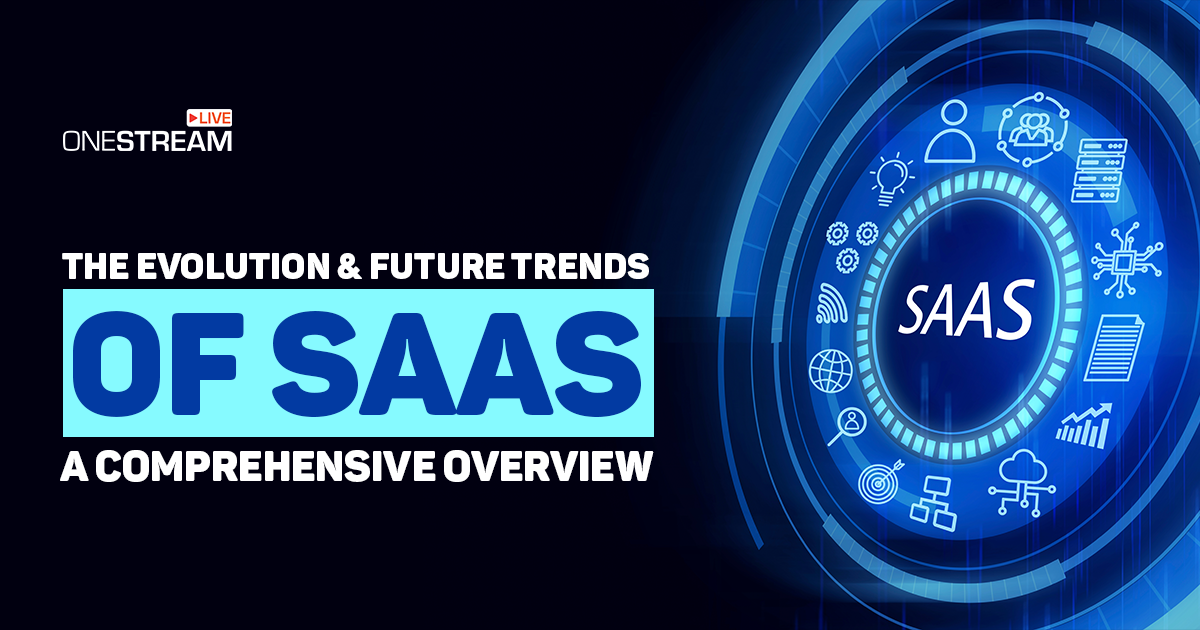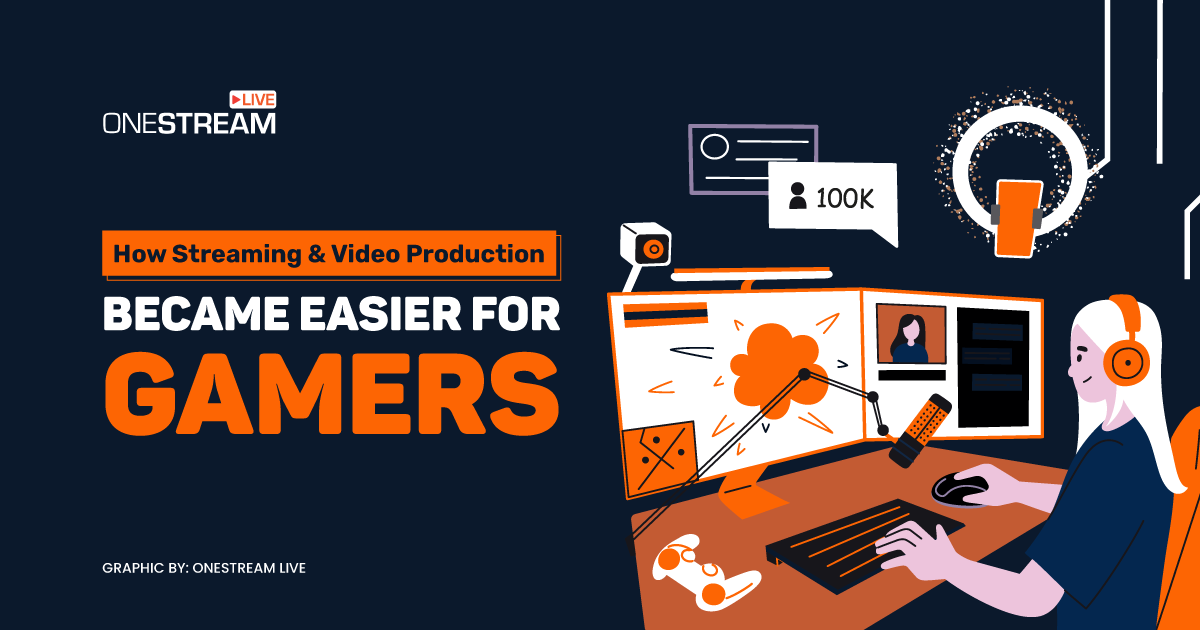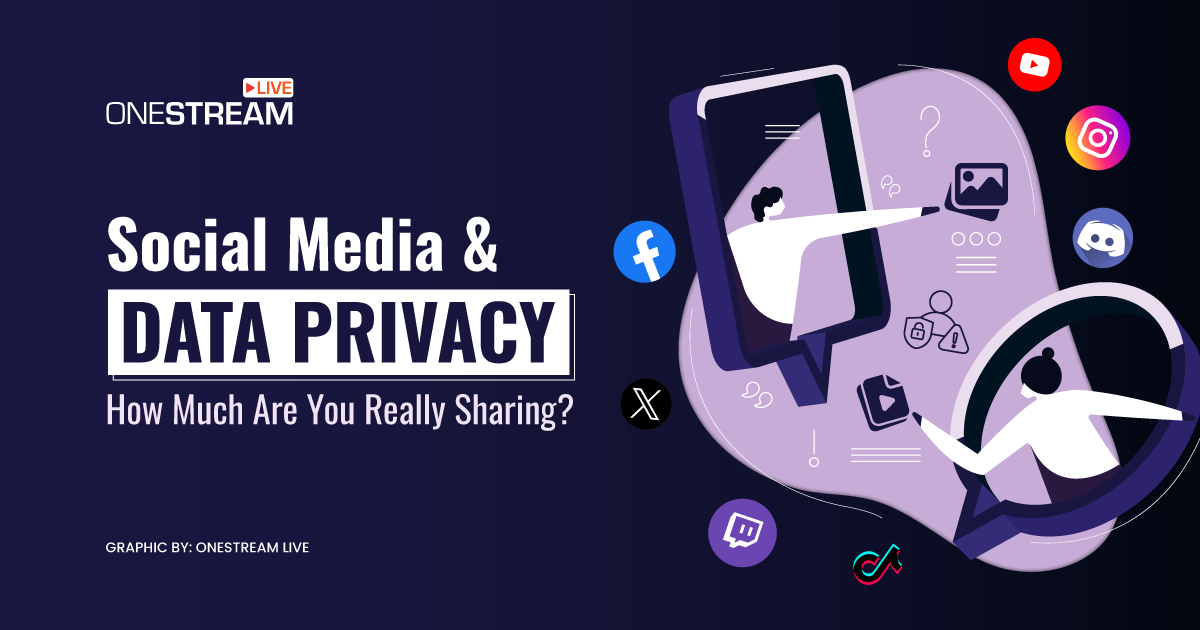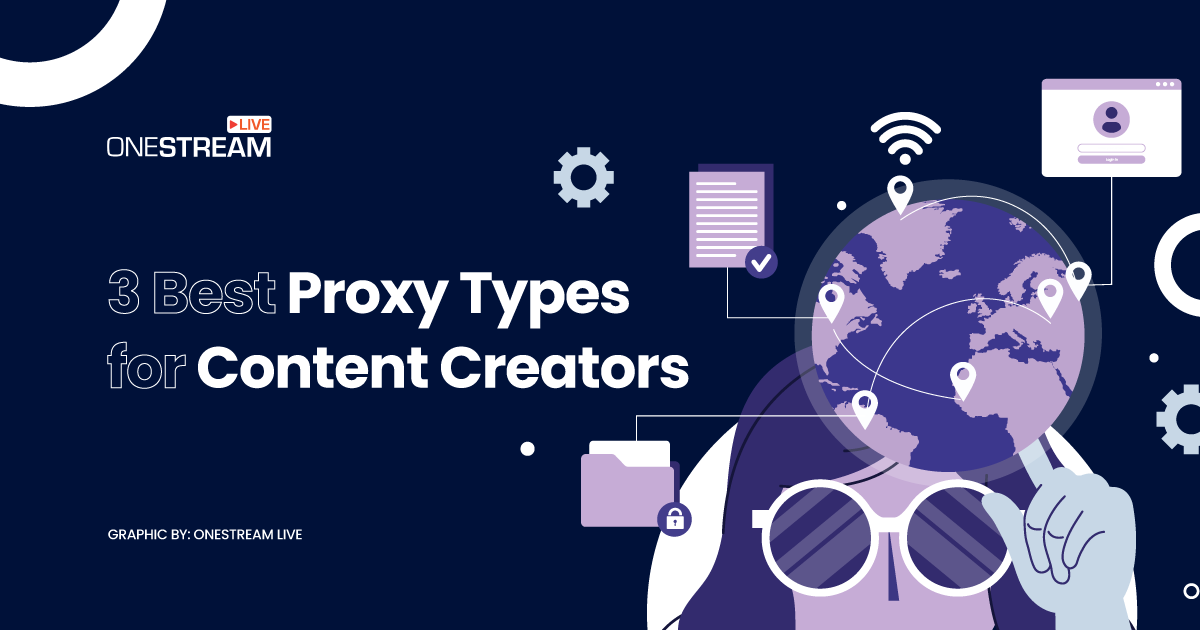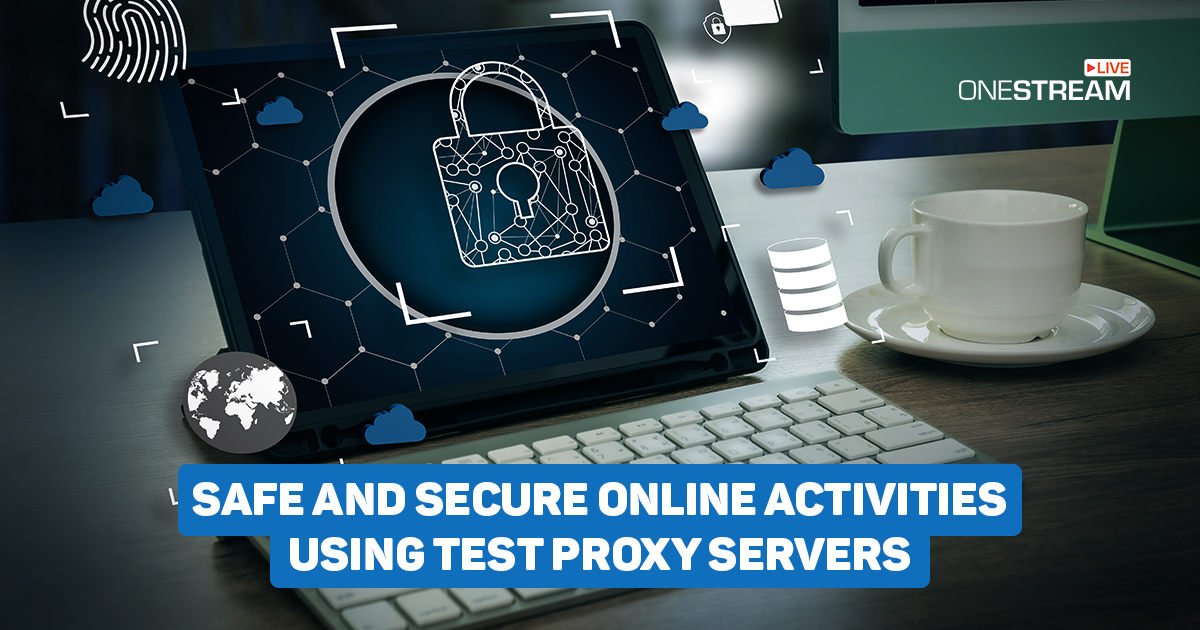Let’s talk about Software as a Service—or SaaS, as most know it. Emerging SaaS trends have changed how businesses and everyday folks like us use software. Reflect on this: SaaS has come a long way from its early days to now being a powerhouse in the tech world, influencing everything from how we work to how we stay connected.
In this blog, we will analyze SaaS’s journey from its inception to its current state and then explore future SaaS trends that will continue transforming the industry.
Computing Before SaaS
Remember the 90s? That was when tech really started to zoom ahead. Computers weren’t just less clunky—they were also becoming something anyone could own. This set the stage for businesses to really start investing in their own tech, making software a critical player in their day-to-day operations.
As a result, during this period, investors poured significant money into the hardware and software infrastructure to maintain and update applications. Unfortunately, the process could have been more convenient, requiring dedicated IT teams to manage installations, upgrades, and troubleshooting, which often led to increased costs and inefficiencies.
The Introduction - Early 2000s
The early 2000s marked a turning point with the advent of SaaS. Salesforce, launched in 1999, led the charge as a pioneer. They introduced a revolutionary cloud-based CRM solution. Unlike traditional software, which required physical installations and complex setups, Salesforce’s browser-based applications were accessible from anywhere with an internet connection.
This innovation opened up access to powerful tools, allowing businesses of all sizes to embrace sophisticated software. There was no need for hefty infrastructure investments. The success of Salesforce paved the way for the SaaS revolution, signaling a shift towards more dynamic and accessible digital solutions. Working with a salesforce development company can further enhance your ability to leverage these innovative solutions to their full potential.
Cloud Computing Emerges - Late 2000s
Let’s move to the late 2000s, which witnessed the rise of cloud computing. This provided a robust and cost-effective infrastructure for SaaS applications. With the launch of Amazon Web Services in 2006, businesses began to recognize the benefits of scalable, on-demand computing resources.
Now, the industry was excited as cloud-based solutions offered unprecedented flexibility and cost savings. By 2010, the global SaaS market had ballooned to $10 billion, reflecting a tenfold increase in just five years. This period was crucial for SaaS Application Development—a full cycle of work—as it allowed developers to build and deploy applications more efficiently, using the power of the cloud.
Widespread Adoption of SaaS Trends - 2010s
Talking about the 2010s, this time period saw a widespread adoption of SaaS across various industries. Businesses, from startups to large enterprises, integrated SaaS solutions into their operations, driven by the need for agility, scalability, and cost-efficiency. As a result, collaboration tools like Slack, productivity suites such as Google Workspace, and data analytics platforms like Tableau became central to daily business functions. Consequently, the appeal of the SaaS model was clear. Its subscription-based pricing, continuous updates, and ease of access perfectly aligned with modern enterprises’ fast-paced, digital-first approach.
SaaS Trends in Recent Years - 2020s
In the 2020s, SaaS was further cemented as a critical component of the digital economy. The COVID-19 pandemic accelerated digital transformation, pushing businesses to adopt SaaS solutions to enable remote work and maintain operational continuity. Tools for video conferencing, project management, and cloud storage saw unprecedented demand.
Furthermore, advancements in artificial intelligence (AI) and machine learning (ML) have been seamlessly integrated into SaaS applications, significantly enhancing functionality and offering deeper insights through data analysis. Simultaneously, this era witnessed a surge in niche SaaS products, often called Micro SaaS, tailored to specific industries or business needs.
Future Predictions of SaaS Trends
Looking ahead, several SaaS trends are poised to shape the future of SaaS:
- Artificial Intelligence and Machine Learning: Intelligent tools like AI and ML will continue to dominate the SaaS landscape, offering predictive analytics, automation, and personalized user experiences. Moreover, these technologies will make SaaS applications development more intelligent and intuitive, driving greater efficiency and innovation.
- Migration to PaaS (Platform as a Service): As businesses seek more customization and control, there will be a growing trend towards PaaS. This shift will allow companies to build, deploy, and manage applications on a platform that provides a more flexible and scalable environment.
- Micro SaaS: The emergence of Micro SaaS, which focuses on highly specialized, niche markets, is expected to continue to grow. These small-scale SaaS businesses can offer targeted solutions that cater to specific needs, providing opportunities for entrepreneurs and small companies to thrive.
- Blockchain-based SaaS: Blockchain technology will enhance SaaS applications’ security, transparency, and decentralization. Additionally, this innovation will benefit industries requiring robust data integrity and trust, such as finance and healthcare.
- Serverless Computing: Serverless architectures will become more prevalent, enabling engineers to build and deploy solutions without managing infrastructure. This approach reduces operational complexity and costs, thus enabling faster deployment and scaling of SaaS applications.
- Edge Computing: As emerging technologies like the Internet of Things (IoT) increase, edge computing will gain traction. Processing data nearer to its source will downsize latency and bandwidth usage, making SaaS applications more efficient and responsive, especially for real-time data processing needs.
Final Thoughts
The evolution of SaaS from its early days to its current prominence has been marked by continuous innovation and adaptation. SaaS has made its mark from simplifying software deployment with cloud-based solutions to integrating cutting-edge technologies like AI and blockchain.
As we look to the future, SaaS trends such as PaaS, Micro SaaS, serverless computing, and edge computing will further redefine the industry, offering new opportunities and challenges. Staying informed of these trends will be crucial for those involved in SaaS app development.
OneStream Live is a cloud-based live streaming solution to create, schedule, and multistream professional-looking live streams across 45+ social media platforms and the web simultaneously. For content-related queries and feedback, write to us at [email protected]. You’re also welcome to Write for Us!

